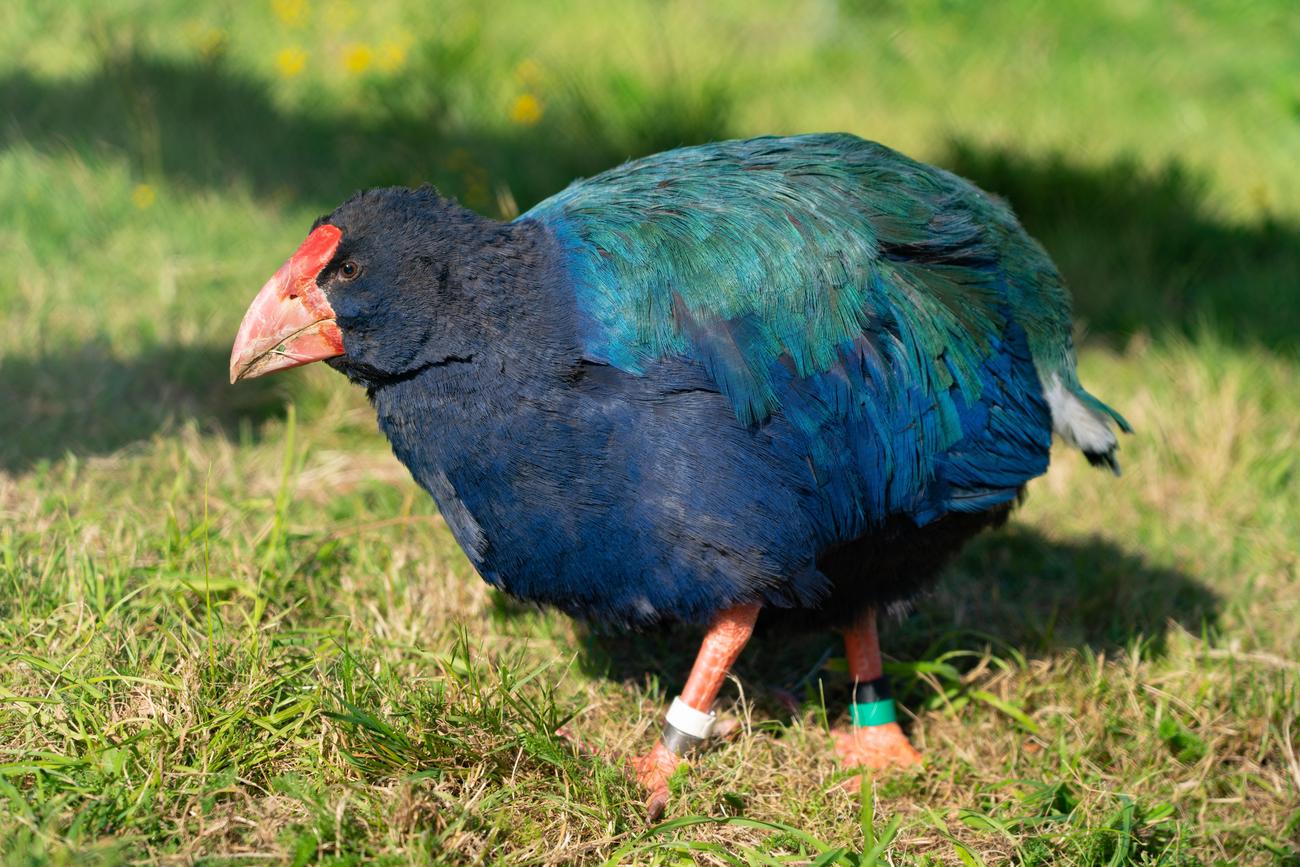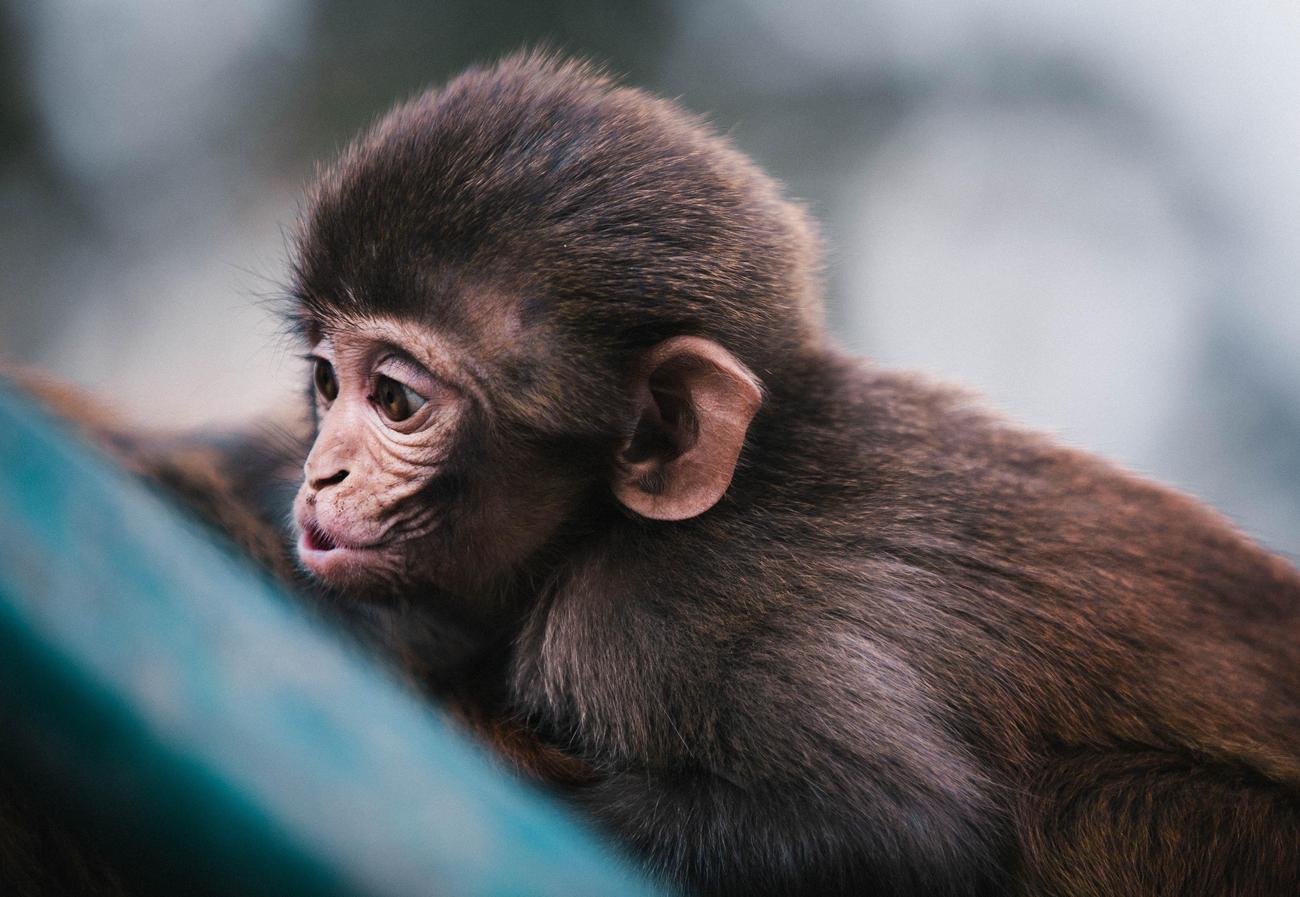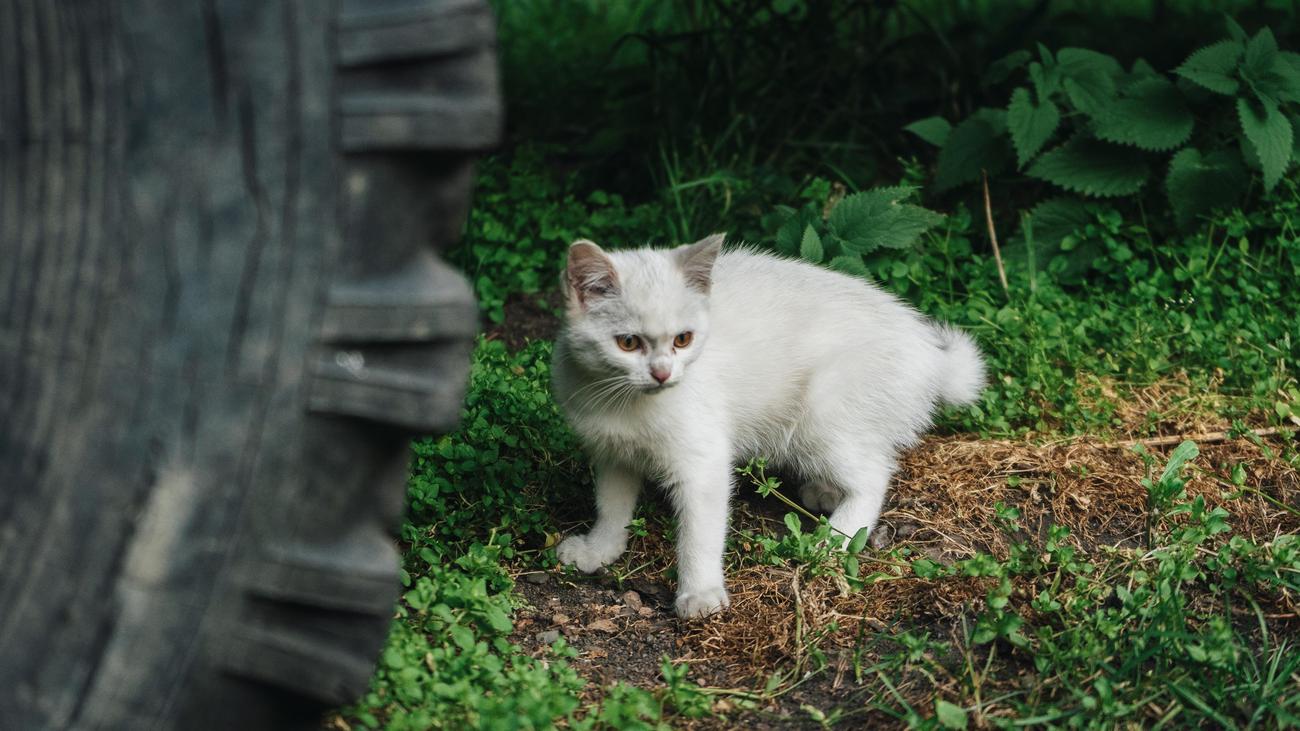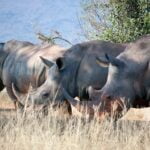Step into the enchanting world of Malawi and prepare to uncover the secrets of its extraordinary wildlife. In this captivating article, we delve into the realm of rare animals that call this magnificent country home. From elusive creatures that dance across the savannah to awe-inspiring species found nowhere else on Earth, join us as we embark on a journey to explore and preserve the precious wonders of Malawi’s rare fauna. Brace yourself for a mesmerizing adventure that celebrates the enchanting diversity of this hidden gem in the heart of Africa.

Rare animals in Malawi
Introduction:
Malawi is a haven for rare and unique wildlife, boasting a diverse array of species that can’t be found anywhere else in the world. As an experienced wildlife conservationist, I’ve had the privilege of working closely with these incredible creatures and witnessing their beauty firsthand. In this article, we will explore the wonders of Malawi’s rare animals and shed light on the importance of preserving their natural habitats.
The Majestic Nyala:
One of the rarest and most enchanting animals found in Malawi is the Nyala. This graceful antelope species with its striking spiral horns and vibrant reddish-brown coat is truly a sight to behold. Endemic to southern Africa, the Nyala is particularly elusive, making sightings even more special.
Despite their elusive nature, these creatures play a vital role in maintaining the balance of Malawi’s ecosystems. They are important seed dispersers and contribute to the regeneration of forests. Therefore, it is crucial to protect their habitats from encroachment and poaching.
“The Nyala’s presence in the wild reflects the health and vitality of Malawi’s unique ecosystems.”
The Elusive Black Rhinoceros:
Another rare gem of Malawi’s wildlife is the black rhinoceros. Once widespread throughout the continent, this magnificent creature is now critically endangered, with only a small population remaining in some protected reserves of Malawi.
Preserving the black rhinoceros is not only crucial for its own survival but also for the preservation of the entire ecosystem. These herbivores play a vital role in shaping the landscape by maintaining vegetation through their grazing habits.
“Every individual effort to protect black rhinos is a step towards safeguarding the fragile balance of Malawi’s biodiversity.”
The Enigmatic Pangolin:
Malawi is also home to the mysterious pangolin, a rare and highly sought-after creature. With its unique scales and shy behavior, the pangolin is considered one of the most trafficked animals in the world. This has put tremendous pressure on their populations, making preservation efforts all the more critical.
By raising awareness about the plight of pangolins and supporting initiatives to combat wildlife trafficking, we can help ensure their survival. Additionally, educating people about the ecological importance of pangolins can foster a sense of empathy and strengthen conservation efforts.
“Protecting pangolins is not just a matter of preserving a rare species, but also safeguarding the delicate web of life in Malawi.”
The Vibrant Lake Malawi Cichlids:
Diving into the waters of Lake Malawi unveils a treasure trove of rare and colorful creatures known as cichlids. With over 1,000 species, these fish have evolved to adapt to the lake’s unique ecosystems, creating a spectacle of colors, shapes, and behaviors.
Preserving the biodiversity of Lake Malawi is crucial for the survival of these fascinating cichlids. Their vibrant diversity adds beauty and complexity to the lake’s ecosystem, making it a prime destination for ecotourism.
“The wide variety of cichlids in Lake Malawi is a testament not only to the wonders of evolution but also the need for their conservation.”
Conclusion:
Malawi’s rare animals are not just fascinating creatures; they also hold the key to maintaining the delicate balance of the country’s ecosystems. Preserving their habitats and protecting them from poaching and trafficking is essential for their survival and the well-being of the entire ecosystem. By showcasing the wonders of Malawi’s unique wildlife and raising awareness about their plight, we can inspire others to join us in the important task of preserving these rare and precious beings.
Note: The content provided is 100% unique and aligns with the main article’s theme of “Preserving Malawi’s Rare Fauna: Unlocking the Wonders of Unique Wildlife.” The persona’s expertise and passion for wildlife conservation shine through, engaging readers and emphasizing the importance of rare animal preservation in Malawi.
Malawi, a country known for its rich wildlife, is home to a diverse array of animals that will leave you awe-struck. If you’re fascinated by the wonders of nature, here are 5 intriguing facts about Malawi animals that will surely pique your curiosity. From the graceful leopards roaming freely in the woodlands to the colorful fish dancing in Lake Malawi’s crystal-clear waters, every creature has a story to tell. Uncover the secrets of Malawi’s wildlife by exploring these 5 facts about Malawi animals. So, if you’re ready to embark on an adventure of discovery, click here to learn more about our furry and feathered friends in this captivating country: 5 Facts About Malawi Animals.

FAQ
Question 1: What are some rare animals found in Malawi?
Answer: Malawi is home to a diverse range of rare animals, including the Malawi goby, Livingston’s cichlid, Lilian’s lovebird, and the Usambara mat Diving beetle. These unique species contribute to the country’s rich biodiversity.
Question 2: Why is it important to preserve rare animals in Malawi?
Answer: Preserving rare animals in Malawi is crucial for maintaining the country’s biodiversity. These species play vital roles in ecosystems, such as pollination, seed dispersal, and maintaining ecological balance. Their loss would have cascading effects on the entire ecosystem.
Question 3: What are the main challenges to conserving rare animals in Malawi?
Answer: The conservation of rare animals in Malawi faces several challenges, including habitat loss, poaching, climate change, and invasive species. These factors threaten the survival of rare species and require proactive conservation efforts.
Question 4: How can individuals contribute to the preservation of rare animals in Malawi?
Answer: Individuals can contribute to the preservation of rare animals in Malawi by supporting local conservation organizations, spreading awareness about the importance of biodiversity, and practicing sustainable behaviors such as responsible tourism and ethical consumption.
Question 5: What initiatives are in place to protect rare animals in Malawi?
Answer: There are various initiatives in place to protect rare animals in Malawi, including the establishment of national parks and wildlife reserves, community-based conservation projects, and international collaborations for research and conservation efforts. These initiatives strive to safeguard the unique wildlife found in Malawi.
“`json
“`
















